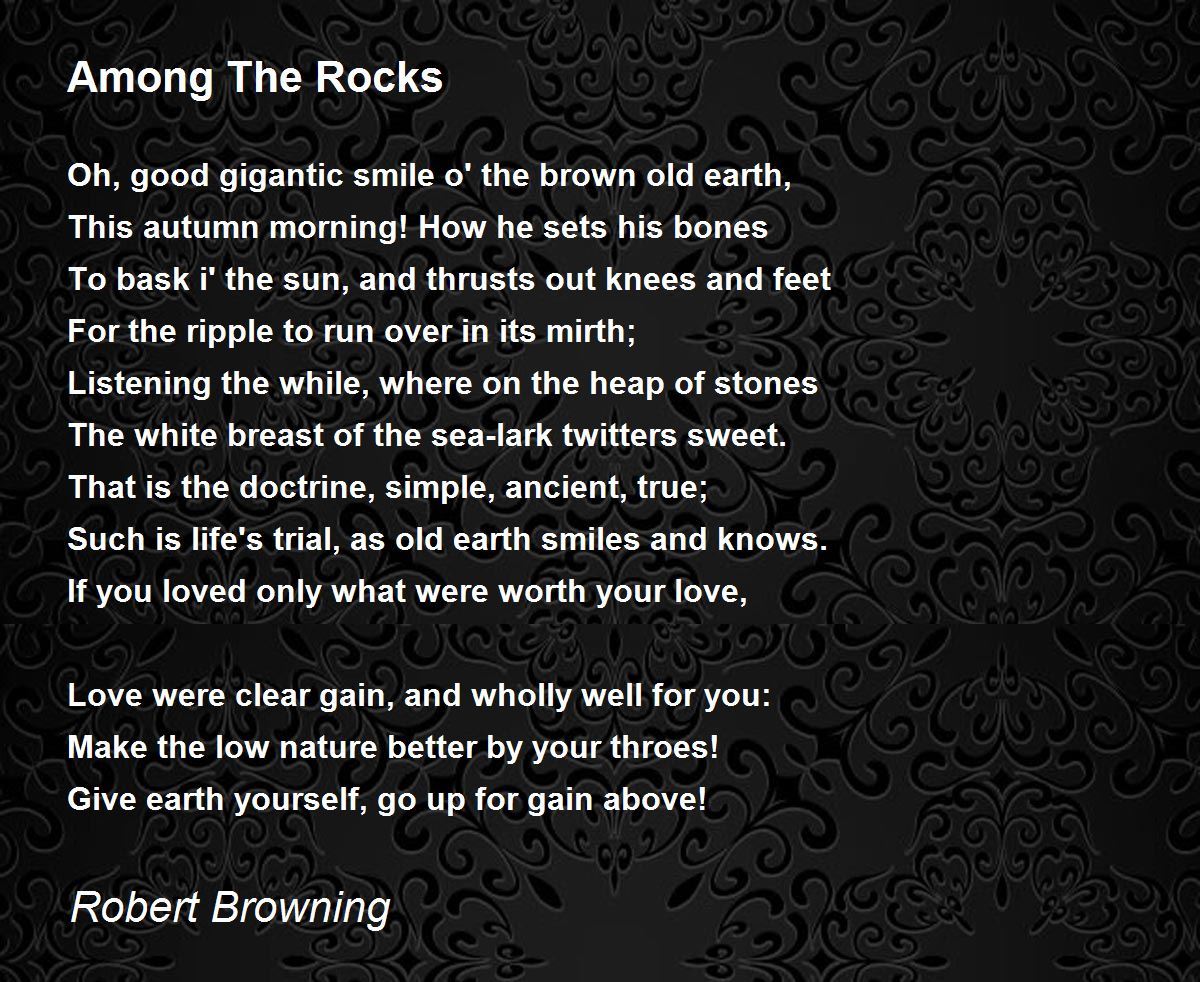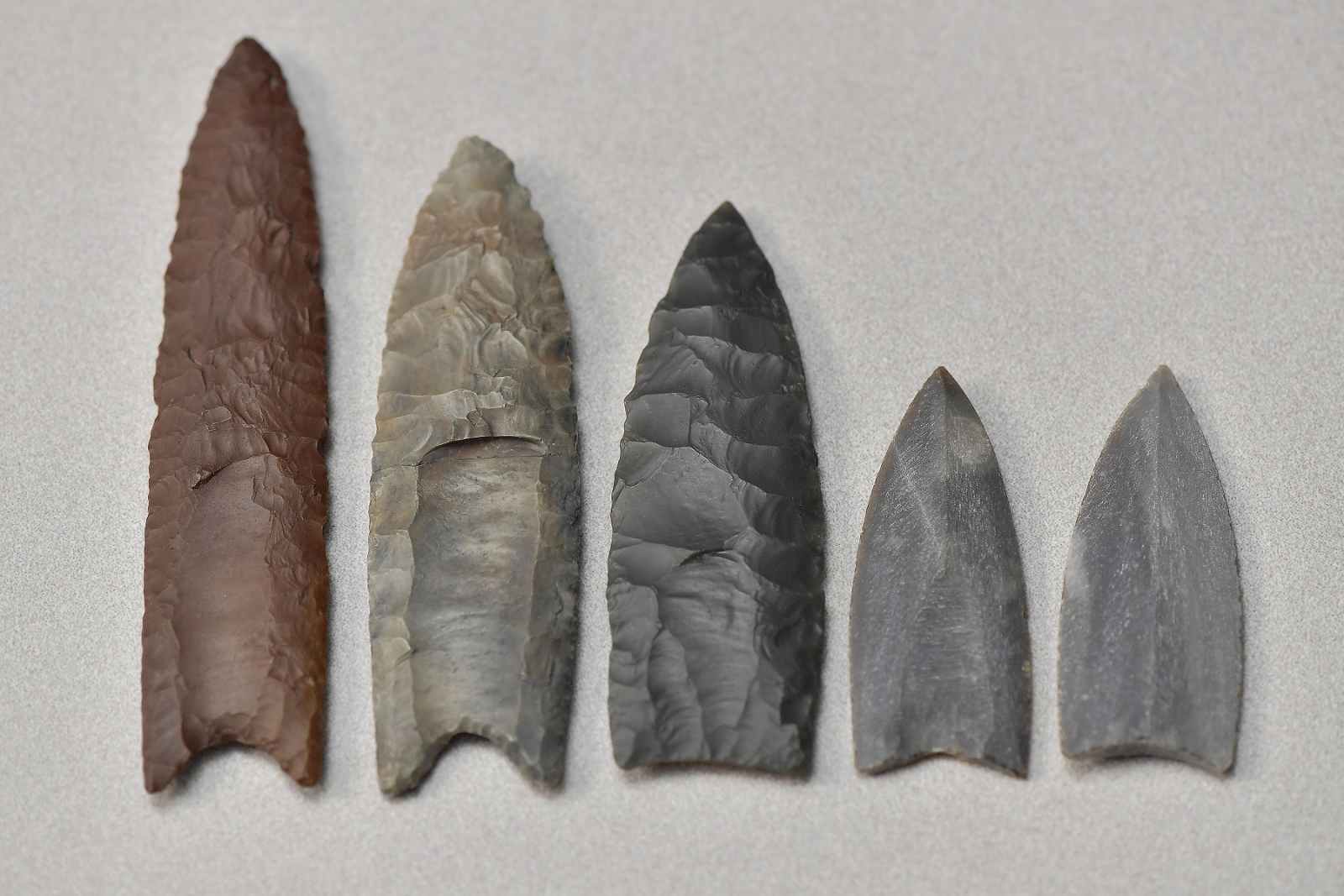Stones & Bones 2017
Stones and Rocks Styles of Speech Three-Letter Rare Words Units of Measurement Unusual Animals Words about Words Words of Wisdom. NUMERALS AND NUMERATION. 'You killed the thing that you love,' the bassist tells the fans. Pet memorial stones, pet headstones, pet grave markers and pet tombstones can be made of engraved rock, engraved granite, bluestone, flagstone or marble with a beautiful passage and our markers can have a remembrance picture attached to remind everyone of the love shared with your pet.
- Gemstones
- Stones Home Center Thomasville Ga
- Stones & Bones Wine 2017
- Stones & Bones 2017
- Stones & Bones 2017 Portugal
Gallstones are small stones, usually made of cholesterol, that form in the gallbladder. In most cases, they do not cause any symptoms and do not need to be treated.
Information:Coronavirus advice
Symptoms of gallstones

A stone is a unit of weight equal to 14 pounds averdupois (or international lbs). By turn, this makes a stone equivalent to 6.35029kg. Stones to Kilograms formula. We would like to show you a description here but the site won’t allow us.
Gallstones often have no symptoms.
But if a gallstone becomes trapped in an opening (duct) inside the gallbladder, it can trigger a sudden, intense pain in your tummy that usually lasts between 1 and 5 hours.
This type of abdominal pain is known as biliary colic.
Some people with gallstones can also develop complications, such as inflammation of the gallbladder (cholecystitis).
Gemstones
This can cause:
- persistent pain
- yellowing of the skin and eyes (jaundice)
- a high temperature
When gallstones cause symptoms or complications, it's known as gallstone disease or cholelithiasis.
The gallbladder
The gallbladder is a small pouch-like organ found underneath the liver. Its main purpose is to store and concentrate bile.
Bile is a liquid produced by the liver to help digest fats. It's passed from the liver into the gallbladder through a series of channels known as bile ducts.
The bile is stored in the gallbladder and, over time, becomes more concentrated, which makes it better at digesting fats.
The gallbladder releases bile into the digestive system when it's needed.
What causes gallstones?
Gallstones are thought to develop because of an imbalance in the chemical make-up of bile inside the gallbladder.
In most cases the levels of cholesterol in bile become too high and the excess cholesterol forms into stones.
Gallstones are very common. It's estimated more than 1 in every 10 adults in the UK has gallstones, although only a minority of people develop symptoms.
You're more at risk of developing gallstones if you're:
- overweight or obese
- female (particularly if you have had children)
- 40 or over (the risk increases as you get older)
Stones Home Center Thomasville Ga

Treating gallstones
Treatment is usually only necessary if gallstones are causing:
- symptoms, such as tummy pain
- complications, such as jaundice or acute pancreatitis
In these cases, keyhole surgery to remove the gallbladder may be recommended.
This procedure, known as a laparoscopic cholecystectomy, is relatively simple to perform and has a low risk of complications.
It's possible to lead a normal life without a gallbladder.
Your liver will still produce bile to digest food, but the bile will drip continuously into the small intestine, rather than build up in the gallbladder.
Outlook
Gallstone disease is usually easily treated with surgery.
Stones & Bones Wine 2017
Very severe cases can be life threatening, particularly in people who are already in poor health.
But deaths from gallstone disease are rare in the UK.

Video: gallstones
In this video, a doctor explains what gallstones are, the symptoms and the treatment options.
Media review due: 9 May 2021
Page last reviewed: 10 October 2018
Next review due: 10 October 2021
Note: Fractional results are rounded to the nearest 1/64. For a more accurate answer please select 'decimal' from the options above the result.
Note: You can increase or decrease the accuracy of this answer by selecting the number of significant figures required from the options above the result.
Note: For a pure decimal result please select 'decimal' from the options above the result.
Show formulaStones to Kilograms formula

Stones to Kilograms table
| Stones | Kilograms |
|---|---|
| 0st | 0.00kg |
| 1st | 6.35kg |
| 2st | 12.70kg |
| 3st | 19.05kg |
| 4st | 25.40kg |
| 5st | 31.75kg |
| 6st | 38.10kg |
| 7st | 44.45kg |
| 8st | 50.80kg |
| 9st | 57.15kg |
| 10st | 63.50kg |
| 11st | 69.85kg |
| 12st | 76.20kg |
| 13st | 82.55kg |
| 14st | 88.90kg |
| 15st | 95.25kg |
| 16st | 101.60kg |
| 17st | 107.95kg |
| 18st | 114.31kg |
| 19st | 120.66kg |
Stones & Bones 2017
| Stones | Kilograms |
|---|---|
| 20st | 127.01kg |
| 21st | 133.36kg |
| 22st | 139.71kg |
| 23st | 146.06kg |
| 24st | 152.41kg |
| 25st | 158.76kg |
| 26st | 165.11kg |
| 27st | 171.46kg |
| 28st | 177.81kg |
| 29st | 184.16kg |
| 30st | 190.51kg |
| 31st | 196.86kg |
| 32st | 203.21kg |
| 33st | 209.56kg |
| 34st | 215.91kg |
| 35st | 222.26kg |
| 36st | 228.61kg |
| 37st | 234.96kg |
| 38st | 241.31kg |
| 39st | 247.66kg |
Stones & Bones 2017 Portugal
| Stones | Kilograms |
|---|---|
| 40st | 254.01kg |
| 41st | 260.36kg |
| 42st | 266.71kg |
| 43st | 273.06kg |
| 44st | 279.41kg |
| 45st | 285.76kg |
| 46st | 292.11kg |
| 47st | 298.46kg |
| 48st | 304.81kg |
| 49st | 311.16kg |
| 50st | 317.51kg |
| 51st | 323.86kg |
| 52st | 330.22kg |
| 53st | 336.57kg |
| 54st | 342.92kg |
| 55st | 349.27kg |
| 56st | 355.62kg |
| 57st | 361.97kg |
| 58st | 368.32kg |
| 59st | 374.67kg |